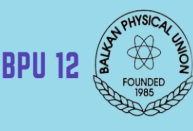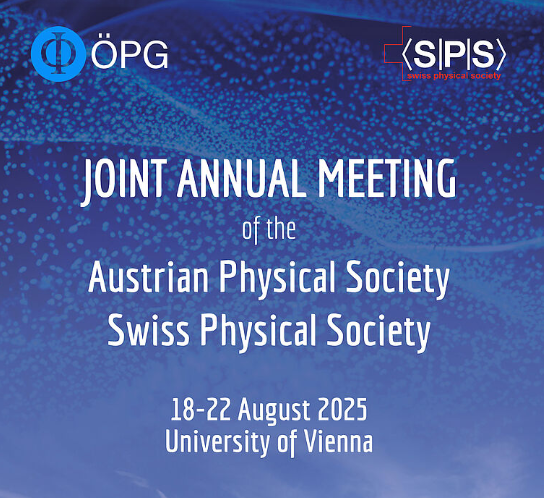https://doi.org/10.1140/epjp/s13360-023-03714-x
Regular Article
Qubit-oscillator relationships in the open quantum Rabi model: the role of dissipation
1
Dip. di Fisica E. Pancini, Università di Napoli Federico II, 80126, Napoli, Italy
2
Department of Chemistry, Bar-Ilan University, 52900, Ramat-Gan, Israel
3
SPIN-CNR and Dip. di Fisica E. Pancini, Università di Napoli Federico II, 80126, Napoli, Italy
4
INFN, Sezione di Napoli, Complesso Universitario di Monte S. Angelo, Università di Napoli Federico II, 80126, Napoli, Italy
5
Department of Physics and Astronomy and Stewart Blusson Quantum Matter Institute, University of British Columbia, V6T 1Z1, Vancouver, BC, Canada
a
grazia.dibello@unina.it
f
carmine.perroni@unina.it
Received:
12
November
2022
Accepted:
17
January
2023
Published online:
8
February
2023
Using a dissipative quantum Rabi model, we study the dynamics of a slow qubit coupled to a fast quantum harmonic oscillator interacting with a bosonic bath from weak to strong and ultra-strong coupling regimes. Solving the quantum Heisenberg equations of motion, perturbative in the internal coupling between qubit and oscillator, we derive functional relationships directly linking the qubit coordinates in the Bloch sphere to oscillator observables. We then perform accurate time-dependent Matrix Product State simulations and compare our results both with the analytical solutions of the Heisenberg equations of motion, and with numerical solutions of a Lindblad master equation, perturbative in the external coupling between oscillator and environment. Indeed, we show that, up to the strong coupling regime, the qubit state accurately fulfils the derived functional relationships. We analyse in detail the case of a qubit starting with generic coordinates on the Bloch sphere of which we evaluate the three components of the Bloch vector through the averages of oscillator observables. Interestingly, a weak to intermediate oscillator coupling to the bath is able to simplify the Bloch vector evaluation since qubit-oscillator relationships are more immediate. Moreover, by monitoring the qubit fidelity with respect to free limit, we find the parameter regime where the combined effect of internal and external couplings is able to hinder the reliable evaluation of the qubit Bloch vector. Finally, in the ultra-strong coupling regime, non-Markovian effects become robust and the dynamics of qubit and oscillator are inextricably entangled making the qubit Bloch vector evaluation difficult.
L. M. Cangemi, V. Cataudella, G. De Filippis, A. Nocera and C. A. Perroni these authors contributed equally to this work.
© The Author(s) 2023
 Open Access This article is licensed under a Creative Commons Attribution 4.0 International License, which permits use, sharing, adaptation, distribution and reproduction in any medium or format, as long as you give appropriate credit to the original author(s) and the source, provide a link to the Creative Commons licence, and indicate if changes were made. The images or other third party material in this article are included in the article's Creative Commons licence, unless indicated otherwise in a credit line to the material. If material is not included in the article's Creative Commons licence and your intended use is not permitted by statutory regulation or exceeds the permitted use, you will need to obtain permission directly from the copyright holder. To view a copy of this licence, visit http://creativecommons.org/licenses/by/4.0/.
Open Access This article is licensed under a Creative Commons Attribution 4.0 International License, which permits use, sharing, adaptation, distribution and reproduction in any medium or format, as long as you give appropriate credit to the original author(s) and the source, provide a link to the Creative Commons licence, and indicate if changes were made. The images or other third party material in this article are included in the article's Creative Commons licence, unless indicated otherwise in a credit line to the material. If material is not included in the article's Creative Commons licence and your intended use is not permitted by statutory regulation or exceeds the permitted use, you will need to obtain permission directly from the copyright holder. To view a copy of this licence, visit http://creativecommons.org/licenses/by/4.0/.





